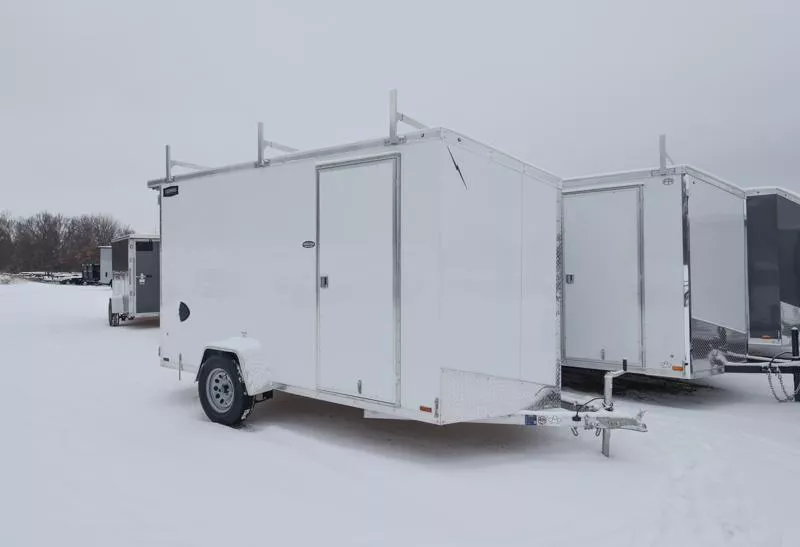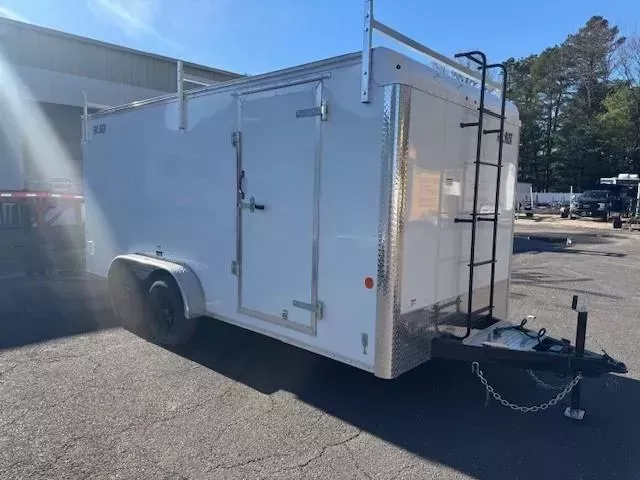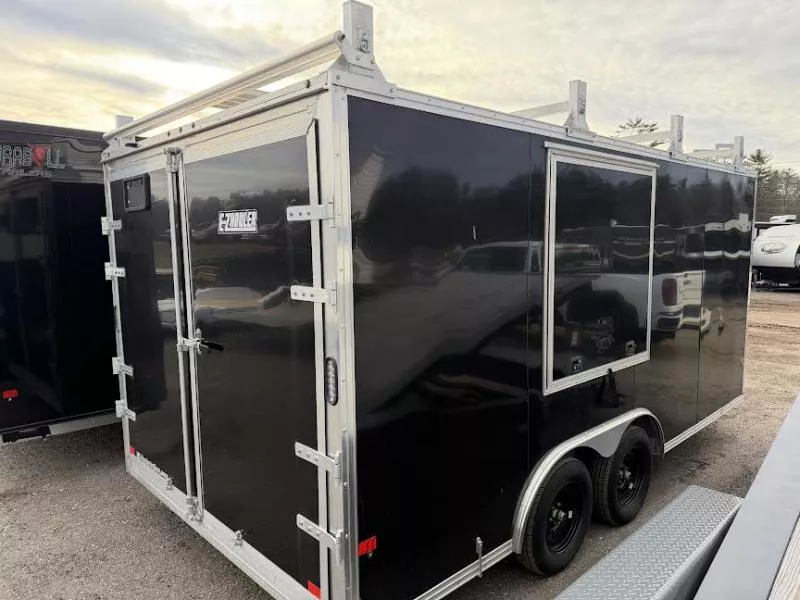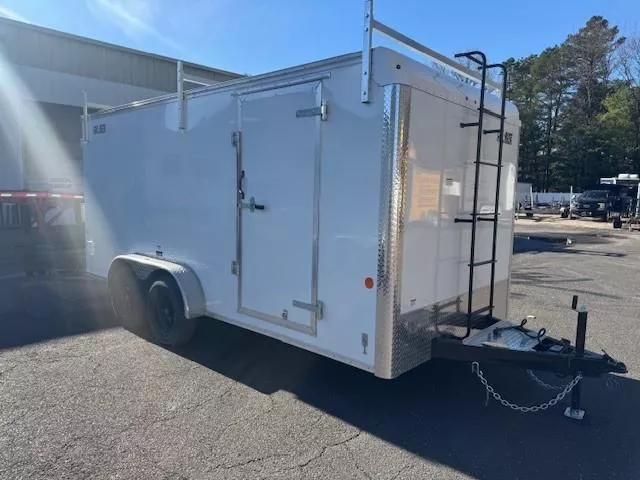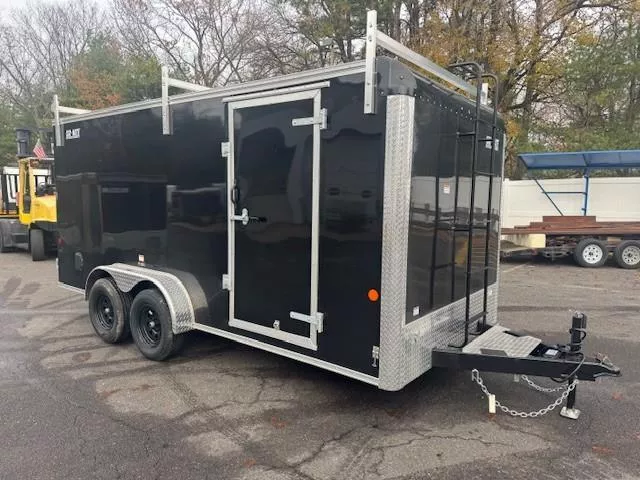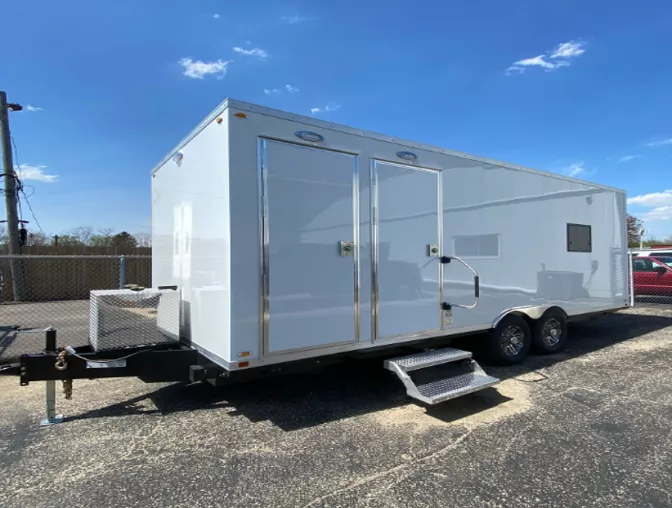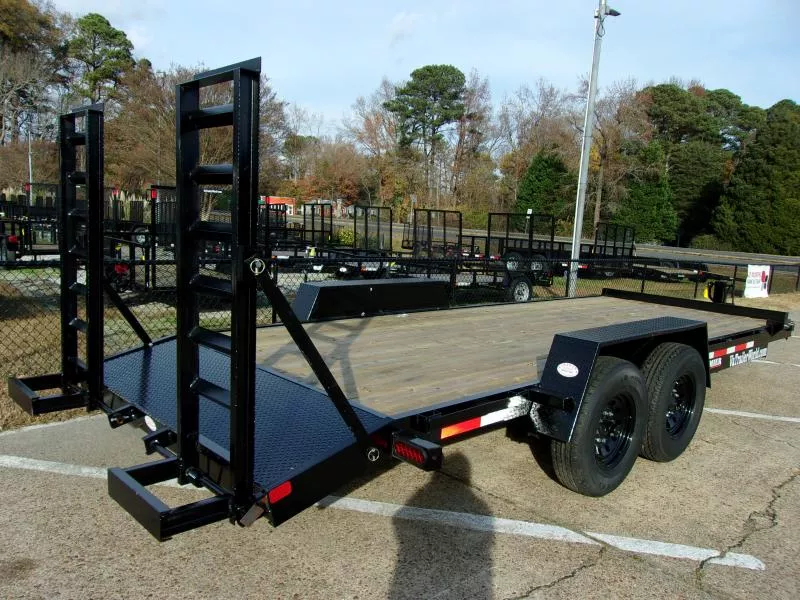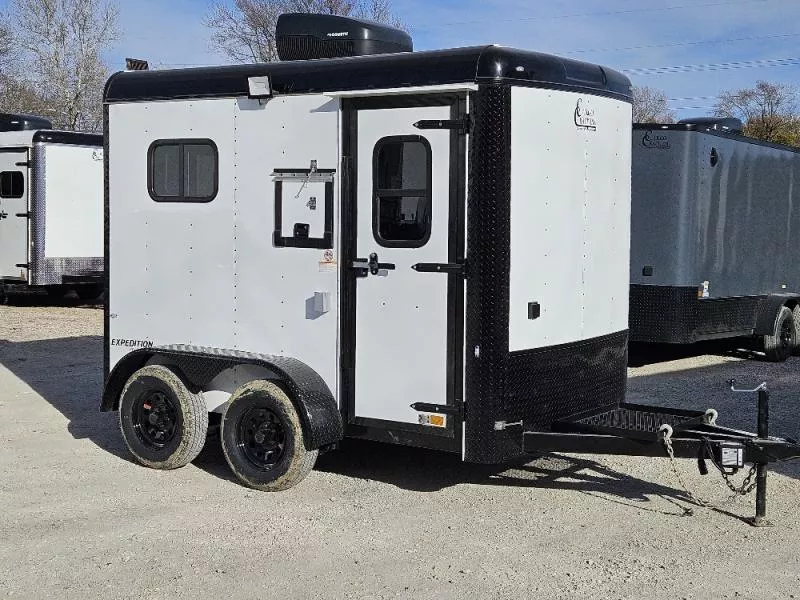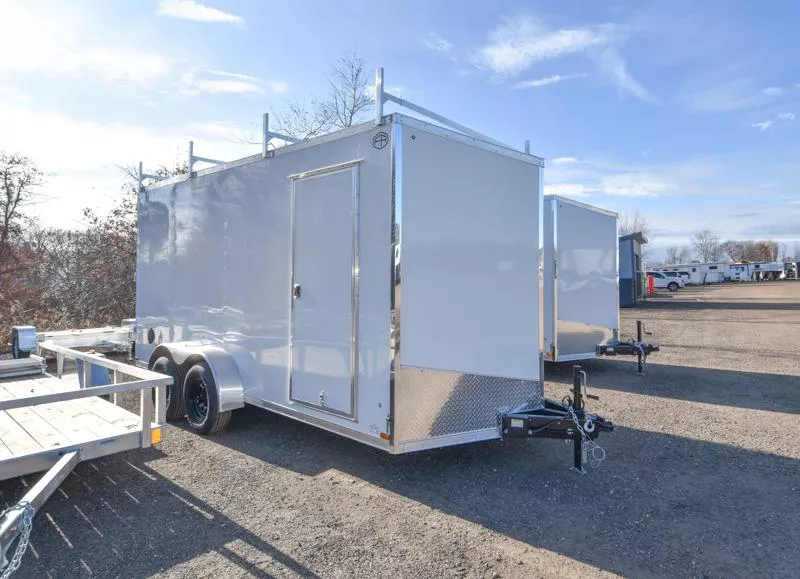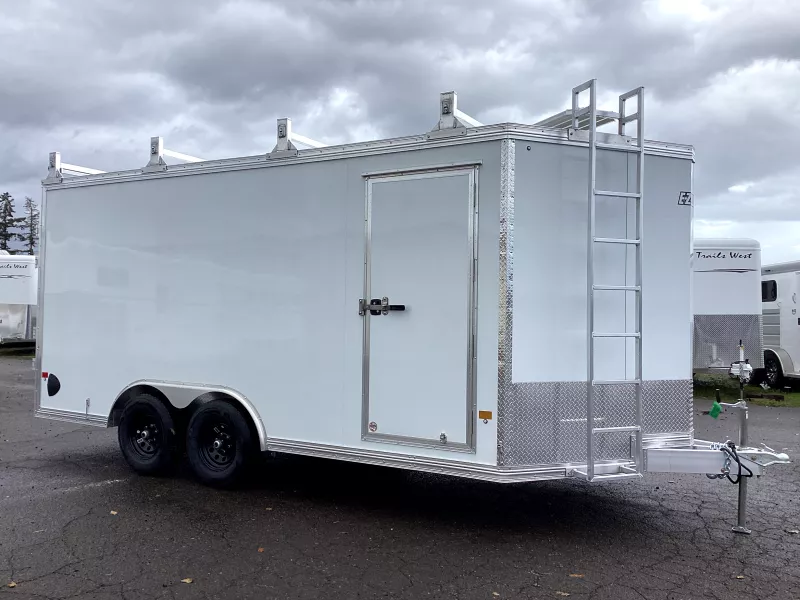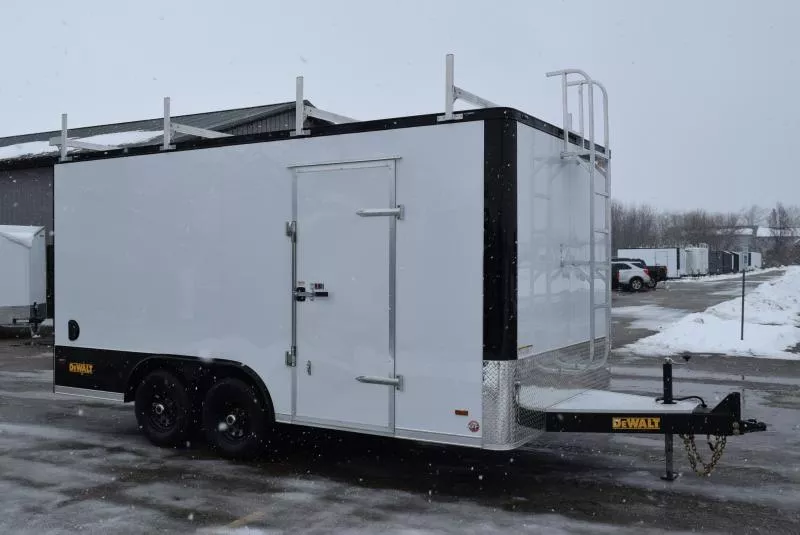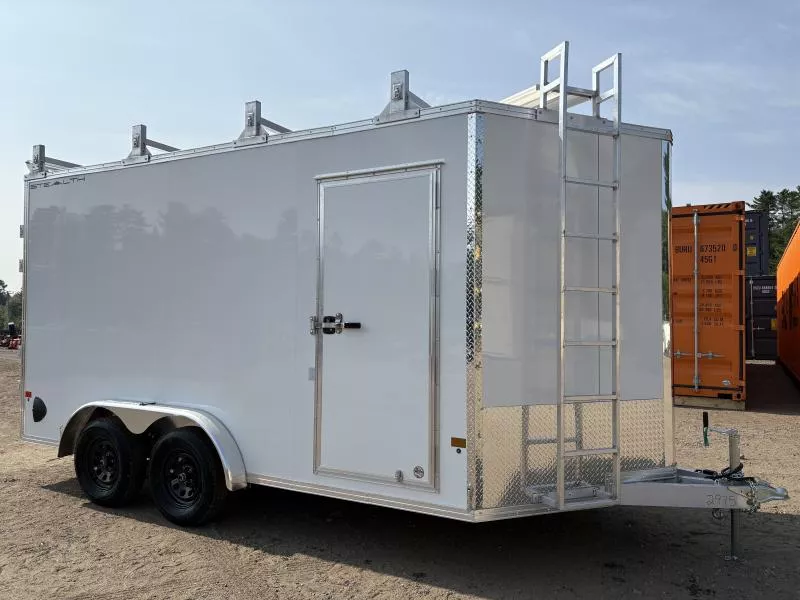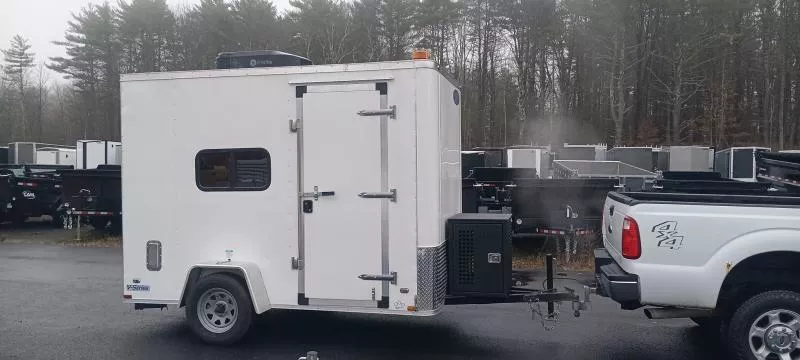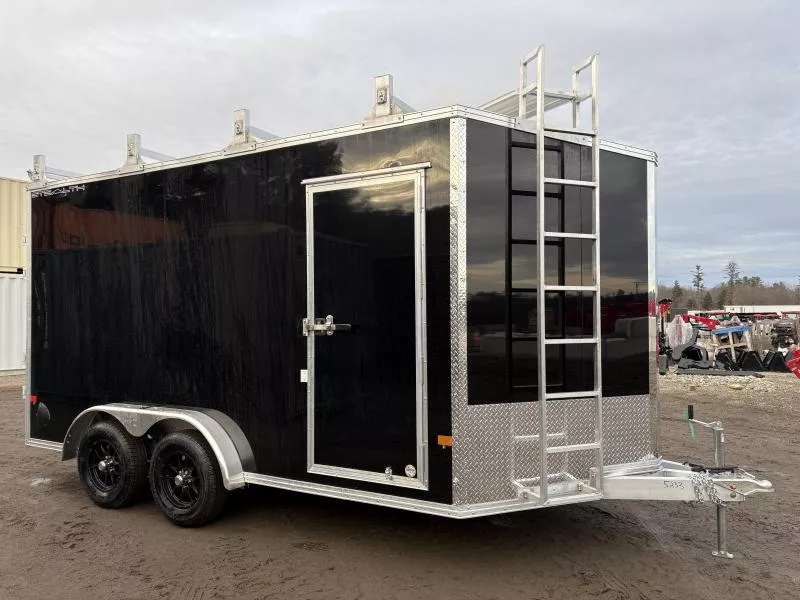New & Used Office / Fiber Optic Trailers for sale Nationwide- TrailerTrader
Explore 138 New & Used Office / Fiber Optic trailers across all 50 states. Featuring top manufacturers, multiple pull types, and a range of GVWR options. Find the perfect trailer wherever you are.
Stock # 26180 * ALUMINUM FRAME * 3500# Axle * Easy Lube Hubs * 15" Load Range D Radial Tires...
STANDARD FEATURES 205/75R15 C Range Tires Black Spoke Wheels - Bolt Pattern 5 - 4 1/2 A-Frame Tongue w/Safety Chains...
2023 E-Z Hauler 8.5x16 Aluminum Enclosed Cargo w/Contractor Package, Insulated Walls & Ceiling in Turner, ME
2023 E-Z Hauler 8.5x16 Aluminum Enclosed Cargo w/Contractor Package, Insulated Walls & Ceiling Vehicle Details Year: 2023 Make: E-Z Hauler...
STANDARD FEATURES 205/75R15 C Range Tires Black Spoke Wheels - Bolt Pattern 5 - 4 1/2 A-Frame Tongue w/Safety Chains...
STANDARD FEATURES 205/75R15 C Range Tires Black Spoke Wheels - Bolt Pattern 5 - 4 1/2 A-Frame Tongue w/Safety Chains...
LIGHTLY USED!!! * Built in Onan 7K generator * 50 gallon fuel tank * Full winter package * 300 gallon...
Cargo Craft XP6102 6'x10' (70393) Trooper Custom Fiber Splicing Trailer in Broken Arrow, OK
Cargo Craft XP6102 (6x10 size) * * Frame: Heavy-duty 11G Frame and Extended Hitch * Interior Finish: Nudo Floor (durable...
Stock # 26108 * 5200# Axles * Easy Lube Hubs * 4 Wheel Electric Brakes * 15" Radial Tires *...
2026 ALCOM EZ HAULER ULTIMATE CONTRACTOR TRAILER-8.5X16-10K-LADDER AND ROOF RACK-DOUBLE DOORS-RAMPS! in Albany, OR
Standard Features: All-Aluminum Construction, Integrated Frame Design One-Piece Aluminum Roof V-Nose Construction 24" Stone Guard ...
PREMIER CUSTOM TRAILERS DEWALT trailers are designed from the ground up for contractors who put their equipment to the test...
2026 Stealth Trailers 7.5x14 Aluminum Enclosed Cargo w/Contractor Package, Extra Height & PolyCOR Exterior in Turner, ME
2026 Stealth Trailers 7.5x14 Aluminum Enclosed Cargo w/Contractor Package, Extra Height & PolyCOR Exterior Vehicle Details Year: 2026 Make: Stealth...
CONTINENTAL CARGO VHW610SA 6' X 10' FIBER OPTIC CABLE SPLICING TRAILER - READY TO GET TO WORK. GVW: 2,990 LBS...
2026 Stealth Trailers 7.5x14 Aluminum Enclosed Cargo w/Contractor Package, Extra Height, Black Aluminum Wheels & PolyCOR Exterior in Turner, ME
2026 Stealth Trailers 7.5x14 Aluminum Enclosed Cargo w/Contractor Package, Extra Height, Black Aluminum Wheels & PolyCOR Exterior Vehicle Details Year:...

